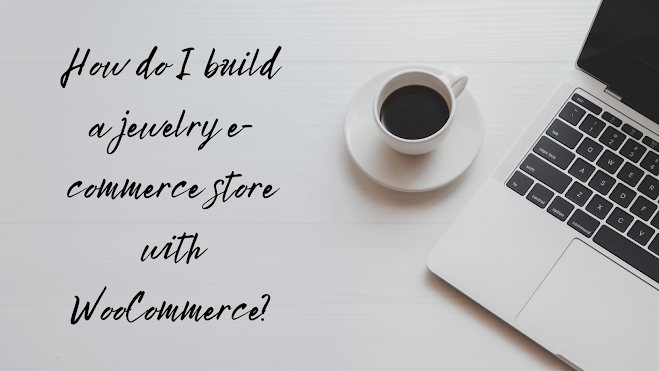How do I optimize server performance for my jewelry e-commerce website?

Optimizing server performance for your jewelry e-commerce website is crucial to ensure fast loading times, reliable uptime, and smooth user experience. Here are some steps you can take to optimize server performance: Choose a reliable hosting provider: Select a hosting company that has scalable infrastructure, rapid server response times, and dependable uptime. Depending on your needs and budget, take into account choices like cloud hosting, virtual private servers (VPS), and dedicated hosting. Make use of CDNs (content delivery networks): Use a content delivery network (CDN) to spread the static material of your website (such CSS, JavaScript files, and photos) among many servers located all over the world. This enhances loading times and lowers latency for users in various geographic areas. Enhance media and images: Reduce the file size of photos and media files without sacrificing quality by compressing them. Before uploading photos to your website, aut...
